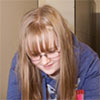Hello everyone!
I’ve been the work experience placement at the wonderful National Museums Collections Centre in Granton for the last surprisingly short five days. For four days I’ve been based in the Collections Centre but on Tuesday I was in the National Museum of Scotland itself. If you – yes, you! – haven’t been yet, then you should go: the Museum is amazing in size and structure, and magnificent in its collection content, as, including the reserve collections, they have over four million objects and counting, in case you were wondering.
Monday
After arriving at the National Museums Collections Centre on a rather cold and dreary morning, what struck me at first was the very friendly and warm welcome from the staff at the Collections Centre. I thought it would be full of people who were going to be depressed and stocked up on way too much caffeine, but no, there was a surprisingly happy atmosphere for a Monday morning and some genuinely nice people too!
I was given the tour of the Collections Centre buildings (only five currently contain collections, as some of the older buildings are being demolished to make way for a shiny new storage building) and I was startled by the sheer size of the site. I’m not exaggerating when I write that it’s huge. When I first walked into Building 14 (the first building in the tour of the site), I was overwhelmed by the vast size of it; the buildings were all like the TARDIS. I was quite unresponsive throughout the rest of the tour because I was speechless!
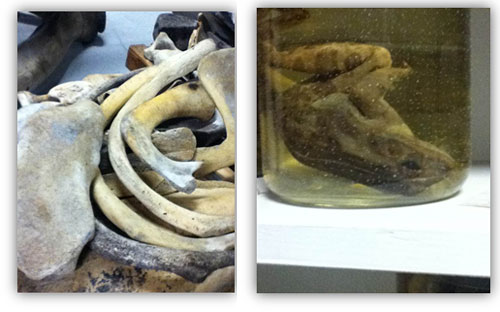
In the afternoon, I learned how to handle the artefacts with the care that they require. I found it amazing how close conservators get to objects. I was able to see these objects from a conservator’s point of view, so with that came an almost overwhelming sense of responsibility. After that I knew that my work experience week was never going to be ordinary.
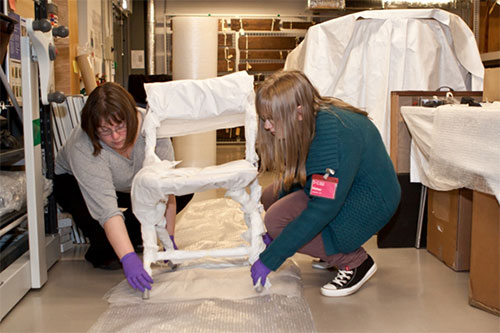
before getting close to real objects.
Tuesday
Tuesday entailed a different venue to explore: the Museum itself on Chambers Street.
I was given a tour of this site: mind-blowing isn’t it? It’s hard to take in the actual age of some of the objects: when I was shown the Early People section of the Museum it was very difficult to think that the objects on display are over thousands, if not millions, of years old.
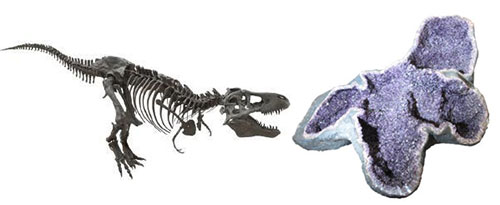
On Tuesday afternoon, I was taken to the Loans and Collections Development departments, where I learned how objects are loaned and transported to and from the Museum, such as the current Vikings! exhibition, which is mostly on loan from the Swedish History Museum in Stockholm. I was also shown the ADLIB database, which contains information on most of the objects in the collection and their whereabouts. I found this very intriguing, especially the amount of work the system actually requires. You need to enter information about each component part of an object individually, for example, a teapot and its lid have separate object records.
Wednesday
Half way through the week, Wednesday involved looking at artefact conservation and paper and textile conservation back at Collections Centre HQ.
In the morning with the artefact conservators, I looked at how to conserve objects and the various different methods which can be used. It was incredible how varied their work can be. One day they’ll be working on some taxidermy, the next day they could be working on some objects made entirely of glass. It also struck me how precise you have to be in this work: a mistake could mean that an irreplaceable object is damaged beyond repair.
The afternoon entailed learning about the conservation of Paper and Textiles. The fragility of these objects is unbelievable, how they survived centuries of different owners and conditions is something I can’t understand. I made a padded hanger (which I think I made rather clumsily). These help to conserve clothing. They stop any acid within the wooden hangers from damaging the textile, and also support the costume seams. I was able to use my hanger on a piece of clothing, (after three attempts with different outfits) we found it fitted into a beautiful pink dress covered in small flowers which had a great level of detail and accuracy.
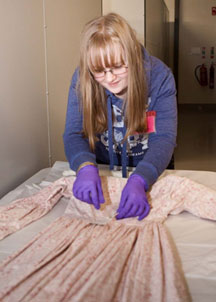
Thursday
Thursday’s tasks included some work in the Analytical Research labs and a look at the conservation of different works of Engineering.
I was very excited about Thursday morning as Analytical Research is in some ways similar to what I want to do when I’m older: forensic anthropology. It didn’t disappoint. With the Analytical Scientist, I looked at different ways to analyse objects to find out many different things. It was a great insight into the way we understand objects.
Engineering conservation was very interesting in the afternoon. I was shown around another section of storage in which there were contraptions of all kinds. It was great to see that many of the items in storage still actually function. Some of the objects come into the Collection Centre in pieces, and some of the time the engineers have to guess what they would have looked like, which requires a great deal of patience. They then rebuild the object, and to see the finished piece is amazing. It’s rare to get the chance to see behind the scenes at Granton, so keep an eye out for any opportunities that come up, like Doors Open Day last year.

Friday
My fifth and final day at the National Museums Collections Centre included a look at ways that objects from the collections are photographed.
I saw the range of objects that photography has to work around and I can tell you now, it’s not a walk in the park! Glass particularly is difficult. The photographers have to work around so many different objects and take photographs with a great deal of care. They also have to work with many different camera angles, and work with a high level of accuracy. It was very intriguing, but I don’t have a very high level of patience so I found it quite trying to get the perfect angle for an object.
So that’s it for my round up of my week here at Granton. It was a great experience and an unmissable opportunity. It was good to work with such great people and I am so lucky to have gotten the chance to work here.
Hopefully, this blog gets your ‘seal’ of approval!
(What? Was that too cheesy for you?)
